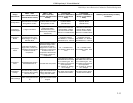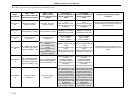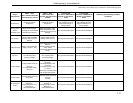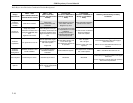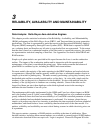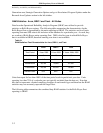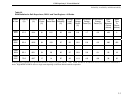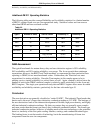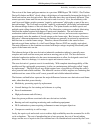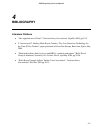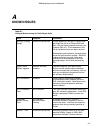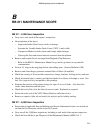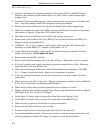
EPR Proprietary I Licensed Material
Reliability, Availability and Maintainability
3-5
The review of the frame pedigree matrices in a previous EPRI Report TR-114081, “Gas Turbine
Design Evolution and Risk” clearly shows a high degree of commonality between the design of a
frame unit and an aero-derivative unit. But at the same time, they are extremely different. One
cannot operate a frame unit like an aero-derivative and visa versa. Also, the modularity with
small sizes and lighter weights promote “repair by replacement” philosophy as part of the aero-
derived heritage. The User must accept the “repair by replacement” philosophy and understand
the inherent design features of the aero-derivatives. The prime features are multi-spools and
multiple main rolling element shaft bearings. The lubrication system uses synthetic lubricating
fluid and the turbine requires high degree of purity and cleanliness. The aero-derivative
combustion turbine with more variable geometry, control devices, and accessories experiences
approximately twice the number of forced outages as the frame units. But, because of the aero-
derivative’s inherent maintenance features, the turbine can generally be restored to operation in
half the time as a similar frame outage. Therefore, the net downtime is the same for aero-
derivatives and frame turbines (i.e. the Forced Outage Factors (FOF) are roughly equivalent).
The main difference is the downtime associated with major outages requiring disassembly and
repair of the frame units on site.
The inherent design of the aero-derivative industrial combustion turbine is generally more
complex and exotic and has more parts and more moving parts to fail. The aero-derivative
industrial combustion turbine also has more instrumentation to allow for designed control and
protection. Due to its heritage, it is easier to repair and return to service.
The aero-derivative’s greatest asset is its modularity. With complete interchangeability of like
modules and line replaceable components, it relies on a maintenance philosophy called “repair
by replacement”. The Rolls-Royce aero flight engines have a long history of being the world’s
most powerful and reliable turbines. The industrial versions of these engines are continuing that
tradition and are some of the world’s most powerful and reliable industrial turbines.
The features outlined below represent the major differences between aero-derivatives and frame
units, other than their power density:
• Modularity, promoting repair by replacement
• Aircraft heritage for fast starting and tolerance to cycling
• Ease of maintenance
• High performance and efficiency
Some long-term problems associated with aero-derivatives include:
• Bearing and seals requiring monitoring and conditioning equipment
• DLE combustion systems requiring refinement to meet stringent objectives
• Compressor sensitivity to stall or surge
Lastly, the repair cycle and actual costs to achieve high availability must be accounted for in life
cycle evaluations. The cost of membership into a lease program, the cost of leased turbine
usage, and the cost of repair to the Users turbine has to be considered and assessed by the Users.



